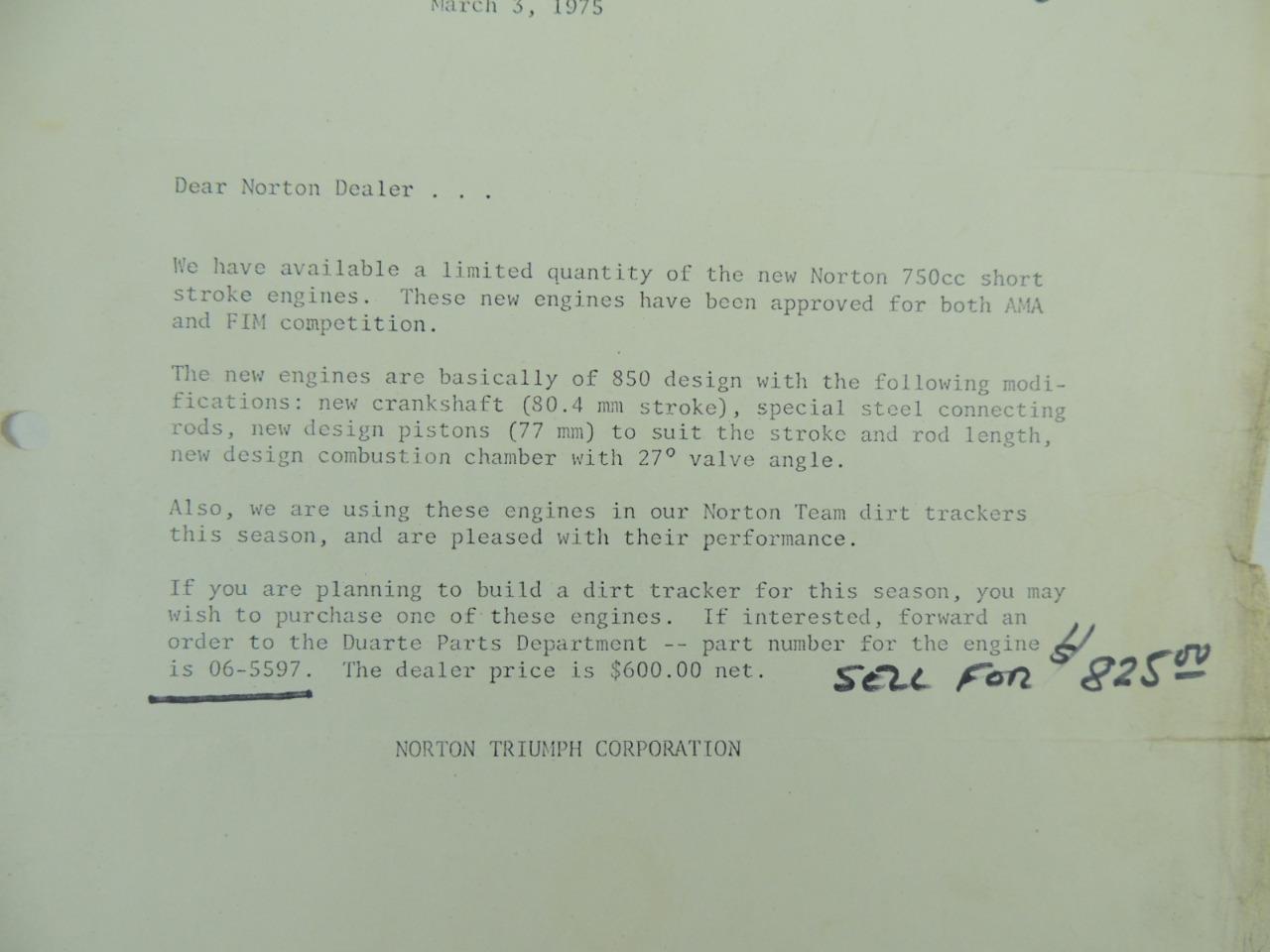I have a set of 850 crankcases which were cracked by a kid who used to rev his motor to 8000 RPM. It would have had the low balance factor. My crank is balanced to about 72 %. I use a set rev limit of 7000 RPM. however I often see 7300RPM on upchanges. The motor feels as if it would have no problem revving to eight. I don't want to find out the hard way, that it will not cop 8,000 RPM. In any case it is fast enough without going there. My gearing is absurdly high, but that is where the performance seems to be. While the motor is pulling hard, it is happy. In a race, I simply flicked the bike into a corner while braking, then accelerate smoothly and very strongly around the corner and right up the next straight. The bike is slower than others in a drag race up a straight, but it comes out of corners at a much higher speed. It is a very easy ride. I just needed to watch out for the front guy in the corner as he reaches the end of the corner. They don't usually move sideways, but the speed differential was significant. When your bike handles and pulls like that, you don't need to be the fastest down the straights. Smooth power delivery is important - jerky can make things very difficult. I have a 2 into 1 exhaust system.
I hope what I have posted helps others to get their Commandos going faster - just be careful and patient - a crash does not help anybody. The joke is the Commando motor is fast enough - I would have thought that was impossible.






